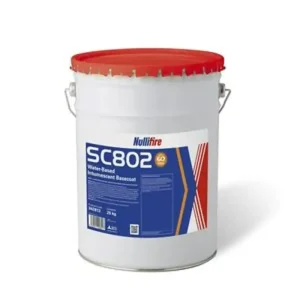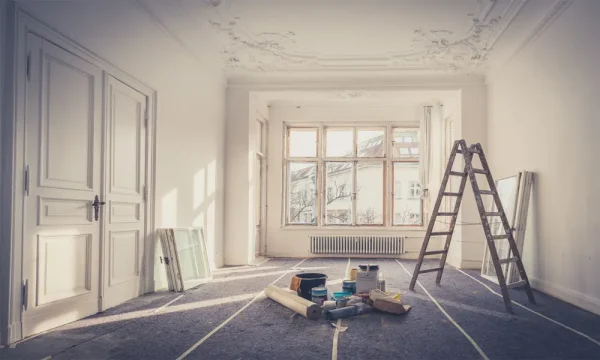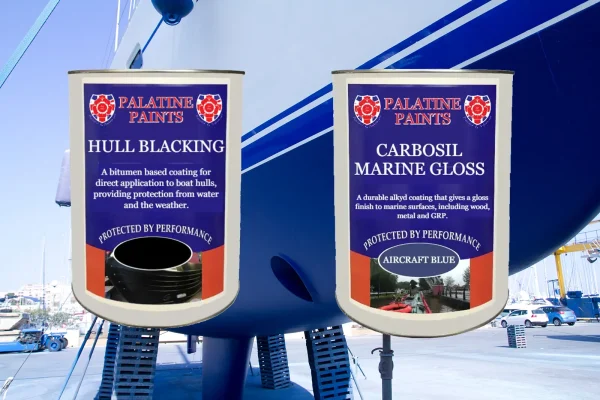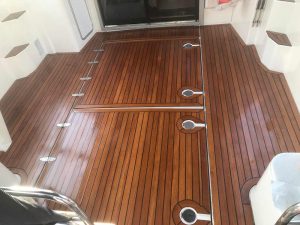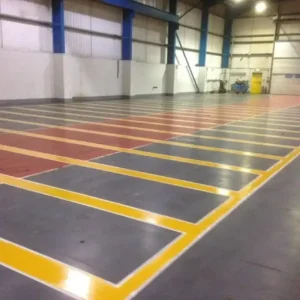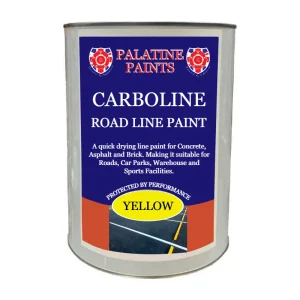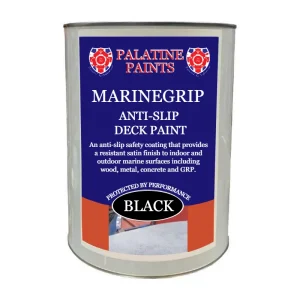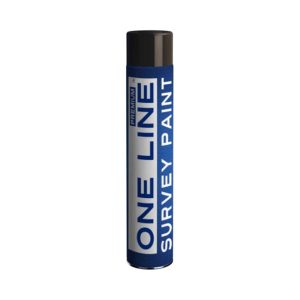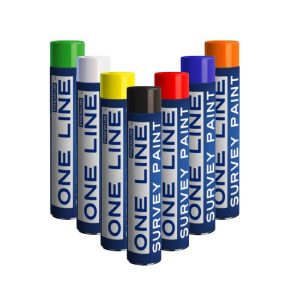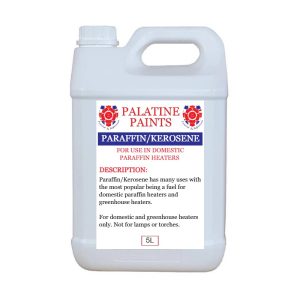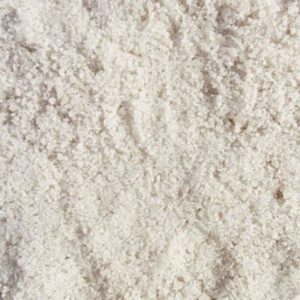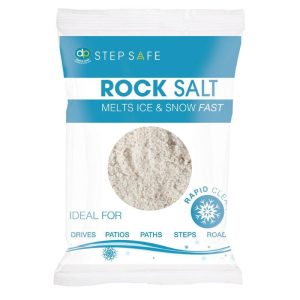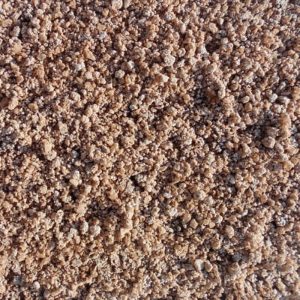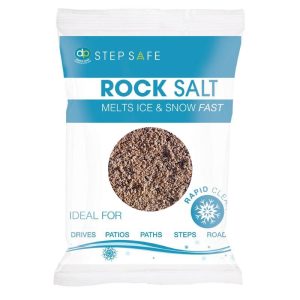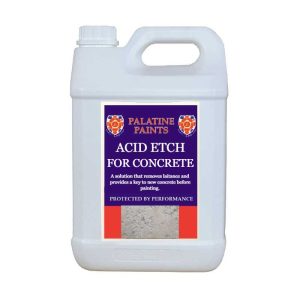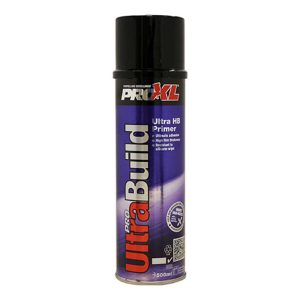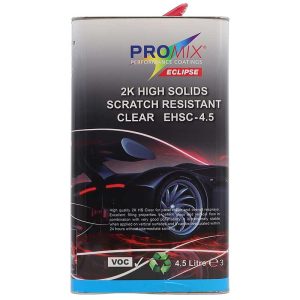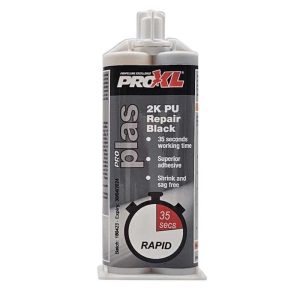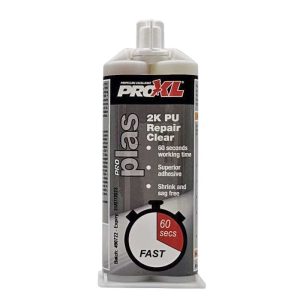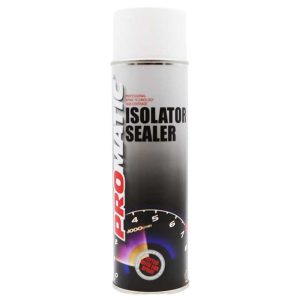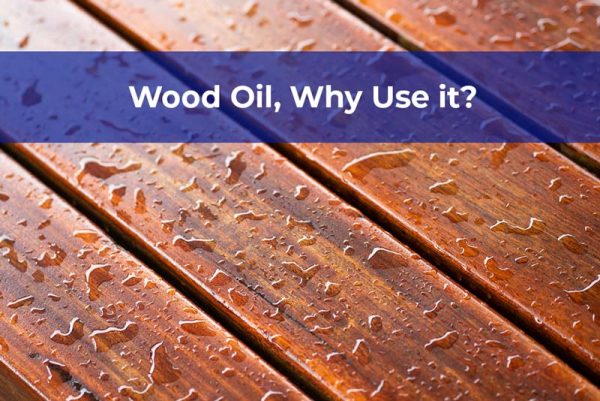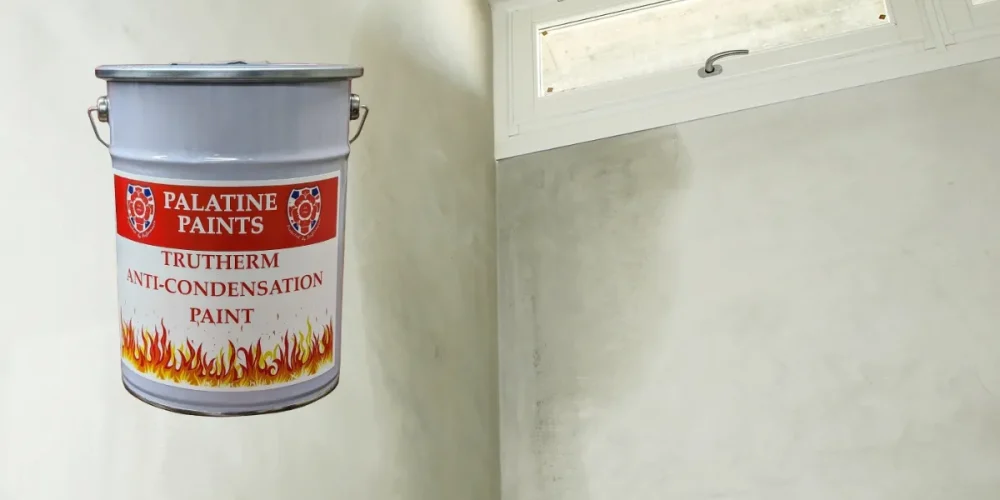All Blogs
Anti-Condensation Paint: The Solution for Your Humidity Problems This Winter
In our quest to create healthier and more comfortable living environments, we often encounter the persistent challenge of humidity and its unwelcome companion, condensation. This is especially true in areas like bathrooms and bedrooms, where the balance between warmth and moisture can be delicate. Enter our own, new anti-condensation paint, a revolutionary solution designed to tackle these issues head-on, providing both insulation and protection against mould. With its unique properties, anti-condensation paint not only helps in managing humidity levels but also enhances the overall integrity and longevity of your walls.
Understanding Anti-Condensation Paint
Definition and Purpose
Anti-condensation paint, specifically formulated like TruTherm, is designed to prevent moisture from settling on internal walls and ceilings. It is particularly useful in environments prone to high humidity, where condensation can lead to mould and mildew. This type of paint contains high-strength, low-density additives that create an insulating layer, improving the thermal properties and performance of treated surfaces.
How It Works: The Science Behind
The effectiveness of anti-condensation paint lies in its ability to increase the surface temperature of the walls. TruTherm works by maintaining a temperature above the dew point of the ambient air, which prevents or delays the appearance of condensation. This is achieved through the paint’s unique formulation, which not only acts as a thermal barrier but also incorporates fungicides to enhance durability and resist moisture-related damages like staining and peeling.
Key Benefits of Using Anti-Condensation Paint
Preventing Mould and Mildew Growth:
One of the primary benefits of using anti-condensation paint is its ability to inhibit the growth of mould and mildew. By maintaining wall surfaces at temperatures above the dew point, it prevents the formation of condensation, a common cause of fungal growth. This not only helps in keeping the walls clean but also contributes to a healthier living environment.
Improving Indoor Air Quality:
The reduction in mould and mildew growth directly impacts indoor air quality. Anti-condensation paint helps in maintaining cleaner air, free from spores and allergens that can cause respiratory issues and other health problems. This makes it an excellent choice for bedrooms, living rooms, and other areas where air quality is a priority.
Energy Efficiency and Thermal Insulation:
By improving the thermal insulation of walls, anti-condensation paint minimizes heat loss. This enhancement in energy efficiency can lead to significant savings on heating bills, especially during colder months. The paint’s insulative properties keep indoor spaces warmer for longer, reducing the need for excessive heating.
Cost Savings in the Long Term:
Investing in anti-condensation paint can lead to considerable cost savings over time. By protecting surfaces from moisture damage, peeling, and staining, it prolongs the lifespan of wall finishes and reduces the need for frequent repaints and repairs. Additionally, the energy savings from reduced heating requirements contribute to lower utility bills, making it a financially beneficial choice in the long run.
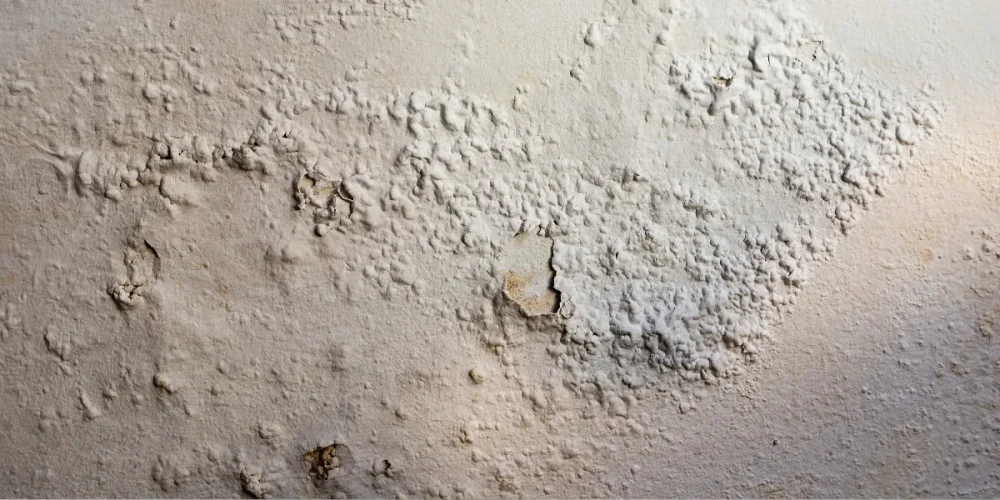
Applications of Anti-Condensation Paint
Residential Use: Walls and Ceilings
Anti-condensation paint is a game-changer for homes, particularly in areas like bathrooms and bedrooms where humidity levels are high. By applying this paint, we can prevent the accumulation of moisture on walls and ceilings, which is a common cause of mould and mildew. This not only maintains the structural integrity of our homes but also ensures a healthier living environment.
Commercial and Industrial Applications
In commercial settings, such as warehouses and production facilities, controlling humidity is crucial to protect goods and maintain equipment. Anti-condensation paint serves as an effective solution by forming a barrier that prevents condensation. This is particularly beneficial in industries where excess moisture could compromise the quality of products or lead to equipment degradation.
Special Environments: High Humidity Areas
For environments like indoor pools, spas, and kitchens, where high humidity is a constant challenge, anti-condensation paint proves essential. It helps in maintaining clearer walls and ceilings without the typical dampness associated with such areas. This paint is not only practical but also cost-effective, as it reduces the need for frequent maintenance and repairs caused by moisture damage.
Conclusion
By bringing to light its core benefits—ranging from mould and mildew prevention to improved indoor air quality and enhanced energy efficiency—we have underscored the pivotal role this innovative solution plays in ensuring our living and working spaces are not only healthier but also more cost-effective and energy-efficient in the long run.
In addressing residential, commercial, and especially high-humidity areas, anti-condensation paint emerges as a versatile and indispensable tool in our ongoing battle against condensation and its detrimental side effects.
As we conclude, it’s clear that the adoption of anti-condensation paint offers a proactive approach to safeguarding our environments against moisture damage, reinforcing the importance of considering such advancements in maintaining the integrity and comfort of our spaces.
FAQs
Does Anti-Condensation Paint Really Work?
Absolutely! Anti-condensation paint is effective and can be applied to various surfaces including metal, plaster, brick, or cement. It acts as an additional protective layer to combat dampness.
Why does condensation form in my home?
Condensation forms more easily on cold surfaces in the home, for example, walls and ceilings. In some cases, those surfaces can be made warmer by improving the thermal insulation. In many cases, thermal insulation is not possible due to house configuration or the cost of refurbishment.
An efficient way of combating condensation is to cover walls and ceilings with a specially formulated anti-condensation paint and TruTherm anti condensation paint has been formulated using the latest technology of additives.
How Much Time Does Anti-Condensation Paint Require to Dry?
For optimal results, after applying the first coat of anti-condensation paint, allow it to dry for approximately four hours before applying a second coat. The surface will be touch dry in about one to two hours, and it will be ready for overpainting after four hours.
What Exactly is an Anti-Condensation Coating?
An anti-condensation coating is designed to make the surface it’s applied to hydrophilic. This means that instead of moisture forming droplets or thick lines, it spreads out into a thin layer. This prevents condensation from collecting on surfaces such as glass, reducing the visibility of moisture and the potential for dampness.
Contacting us is easy!
Email: sales@palatinepaints.co.uk
Call Us: 01942 884 122
Contact form: https://www.palatinepaints.co.uk/contact-us
Live Chat Service: Press the small blue icon at the bottom left of your screen.

